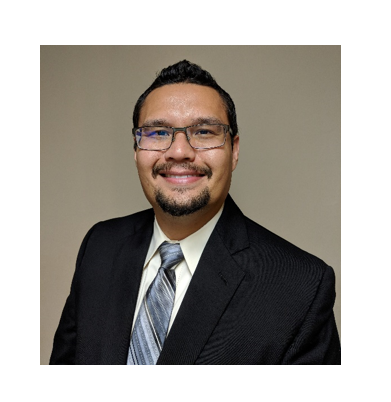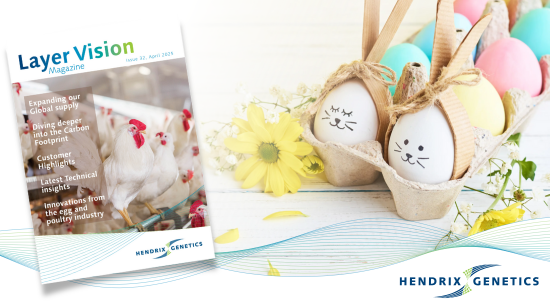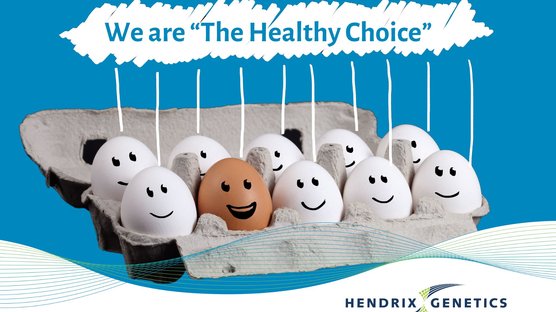
Published on Sept. 9, 2019
Get to know our team: Isa Ehr
Isa is a recent addition to our US sales and technical team, bringing a valuable wealth of knowledge and perspective. His education includes a Bachelor of Science from the University of Connecticut, DVM from the University of Wisconsin, and Masters of Science from Iowa State University, specializing in poultry nutrition. A problem solver at heart, Isa is a great asset in helping our clients to get the best performance from their flocks.
Can you tell me a little about how you got involved in the industry?
From a young age, I was very interested in animals, especially the oddball ones: avian species, aquaculture, fish, invertebrates, and reptiles. Then when I got older and was starting to think about my career, I attended the IPPE show with my Poultry Science Club Advisor in the first year of my Bachelor’s Degree. Seeing how large the poultry industry was and the opportunities available, I knew I would get involved in the industry somehow, I just wasn’t sure how.
After finishing my Bachelor’s degree, I wanted more experience working on the technical side, so I worked as a research animal specialist at Massachusetts General Hospital for about 2 years. I reported to three veterinarians that ran the animal health program, researching to find a cure for different diseases, including Alzheimer’s. I really enjoyed the animal health aspect of this position, including looking at what is needed to solve problems or answer questions regarding diseases. Following this I completed my DVM at the University of Wisconsin.
I then worked as a Technical Sales and Service Veterinarian for Hyline in Southeast Asia, serving distributors in Japan, Taiwan, Vietnam, and Thailand. While working overseas, I encountered many nutritional issues that we rarely see in the US because they have completely different raw ingredients, pre-mixes, everything is variable depending on the country or region. I’d get a lot of questions regarding nutrition, and I decided to pursue more training in this field. I then completed my degree in Poultry Nutrition from Iowa State University.
What do you find is the most rewarding about working in your field?
It’s the problem solving and trouble shooting. I like being able to provide solutions and seeing the positive impact of recommendations I helped put together. For me that’s where I find the most value, knowing that I’ve been a part of helping to solve a client’s problem.
As both a veterinarian and nutritionist, you have a unique view on bird health. Why did you decide to pursue both, and what type of advantages does this perspective give you?
The biggest reason was that I wanted to broaden my skill set and give me more tools when problem solving, especially while working overseas. This combination has served me well, being able to connect management to diet. Feed makes up about 70% of production costs, and it’s an important aspect of bird health. Having both skills has allowed me to be able to see things I wasn’t able to see until marrying the two together.
What do you think are the top three things an egg producer needs to do to maintain a healthy flock?
It’s the simple things that really matter, and they’re the things that people have already heard many times.
For commercial egg producers, a big one that is overlooked frequently is water quality or the water itself. Many times an increase in mortality or decrease in water consumption may or may not be related to water quality, but it can mean that there is something off with the water, contamination with some sort of bacteria. The birds won’t eat if they don’t drink. An easy thing to do is test your water, at minimum, every 6 months to check your total plate count and for coliforms.
The second important area is ventilation and air quality. In colony and aviary systems, air quality is much harder to manage than a conventional cage system. Many livability and production issues can be correlated back to ventilation. Respiratory issues come up, and this trickles down to production pretty quickly.
The third thing is something I’m seeing more recently on my visits, which is feed presentation. Timing of the feedings and feeding quantity all make a difference in performance. A big part of this is presenting the feed at the correct times at the right temperature to encourage eating, especially after transfer to the lay house.
Outside of work, what could we find you doing, listening to, reading, watching?
My wife and I like to spend a lot of time outdoors. We go to a lot of parks, and we like to take our dog with us. We also enjoy movies together, no particular genre, just a little bit of everything.
I recently rebuilt a motorcycle from the frame up. I bought it used and then I completely stripped it down and rebuilt everything and put in a new wiring harness, wheels, changed everything out, it’s kind of like a brand new bike. I like to tinker with mechanical things quite a bit. My wife and I travel all over the place, going to festivals and concerts. We really enjoy that our town of Dayton, Ohio always has a lot of festivals to experience.



